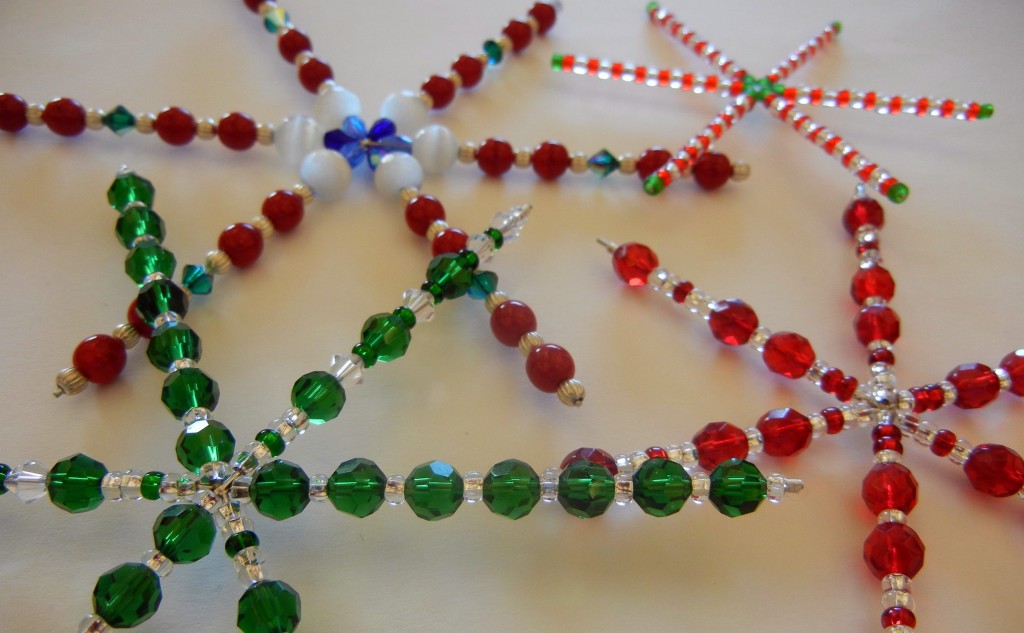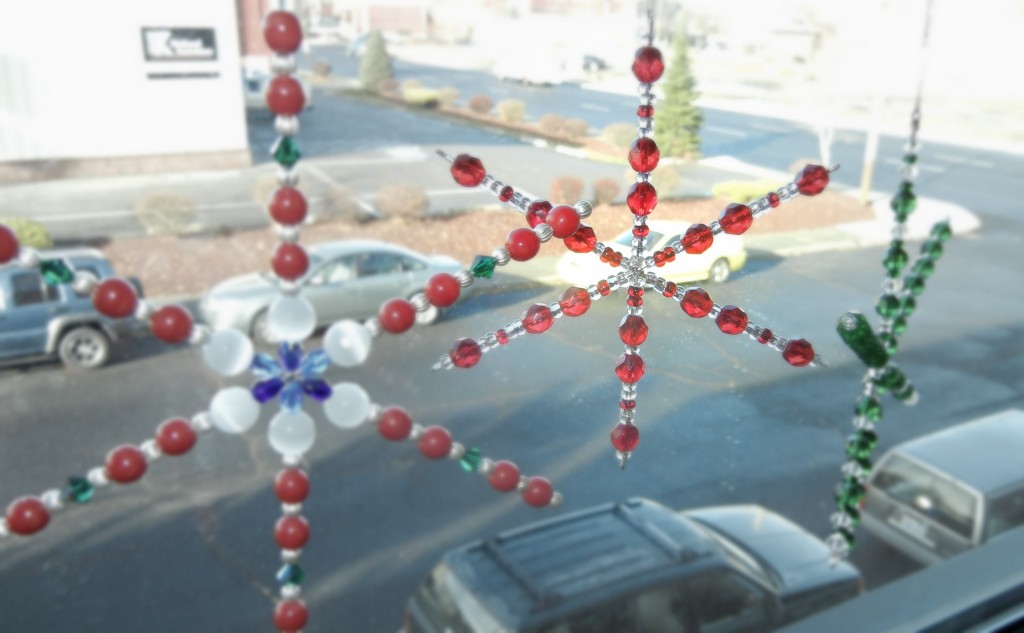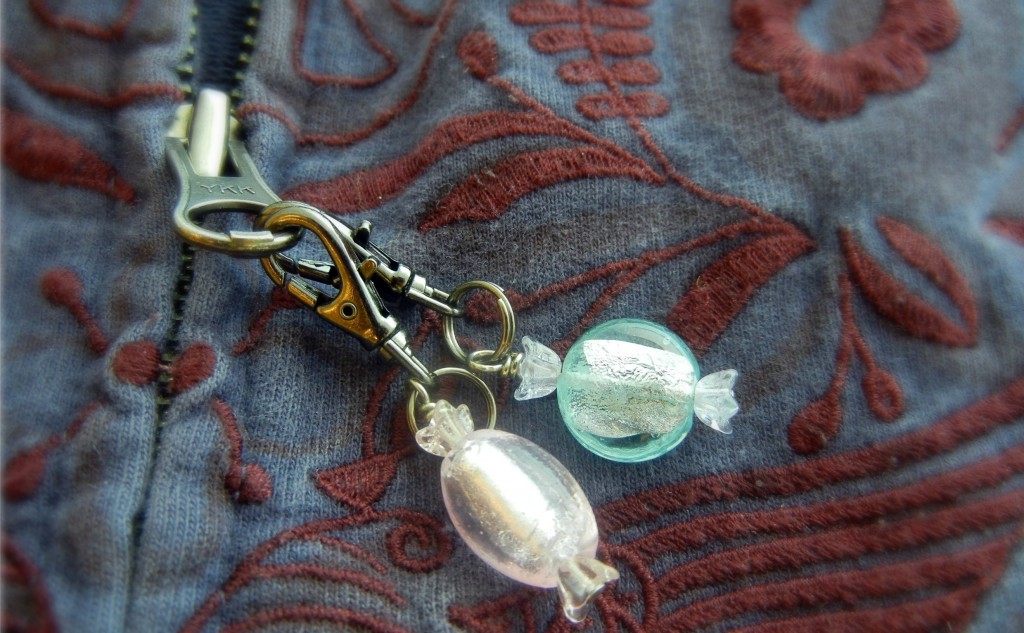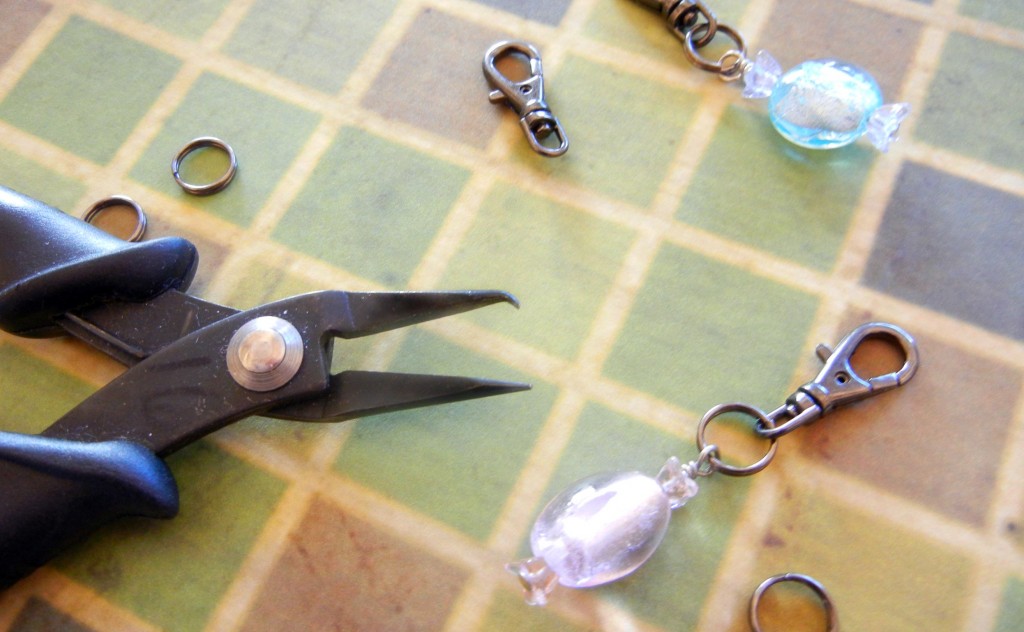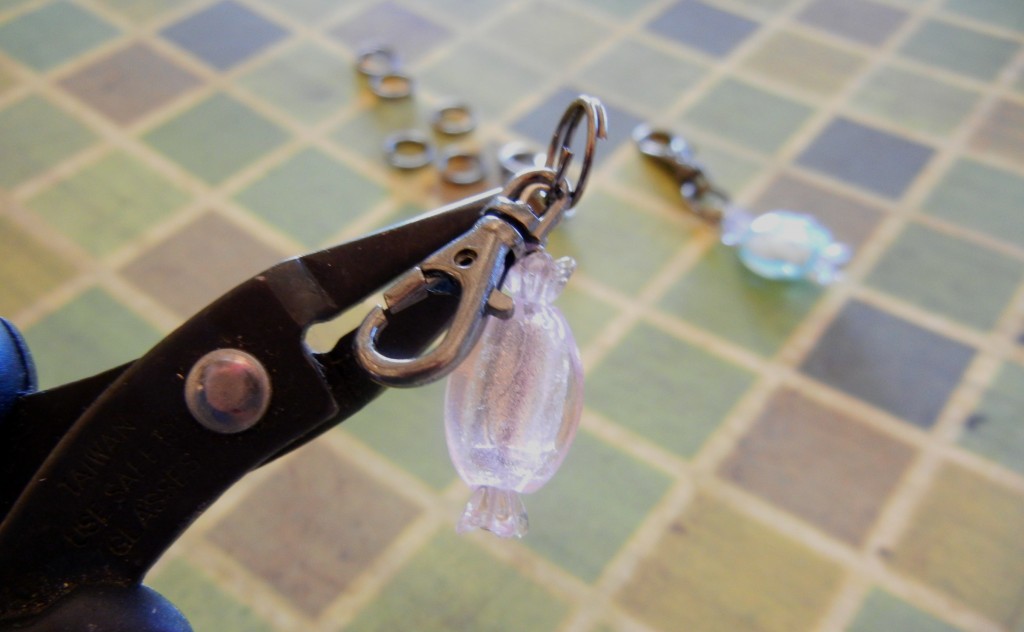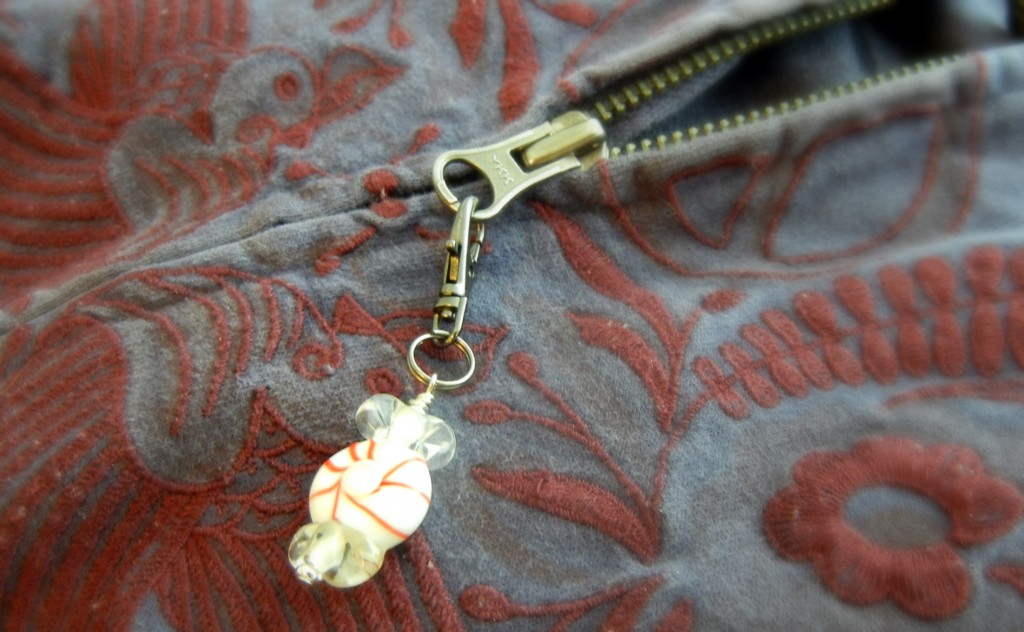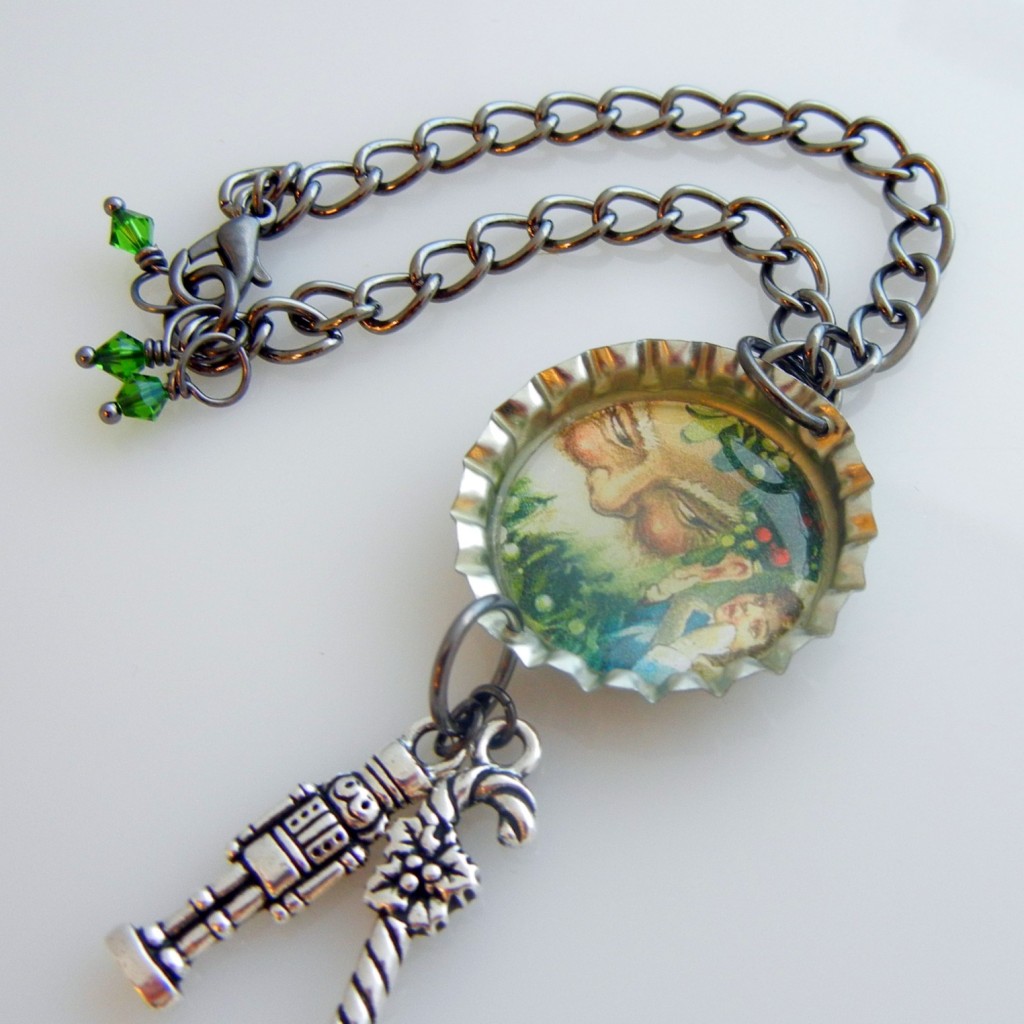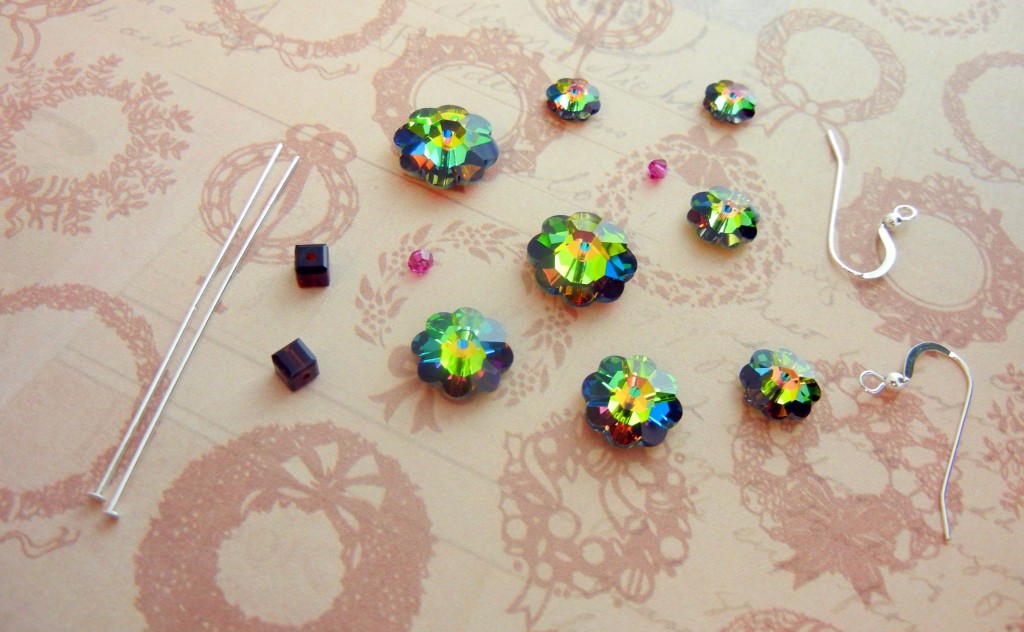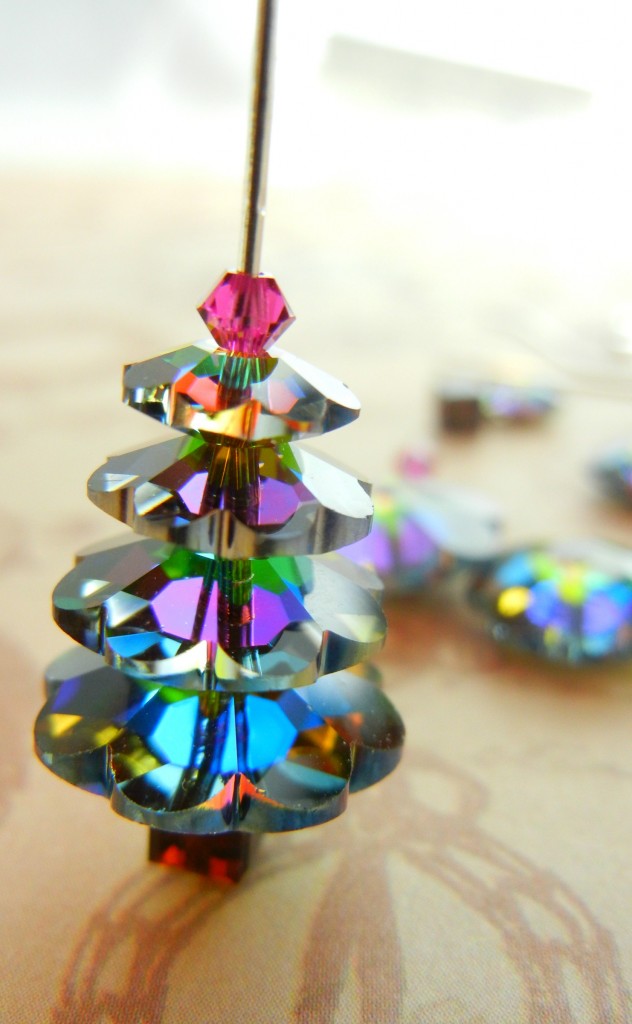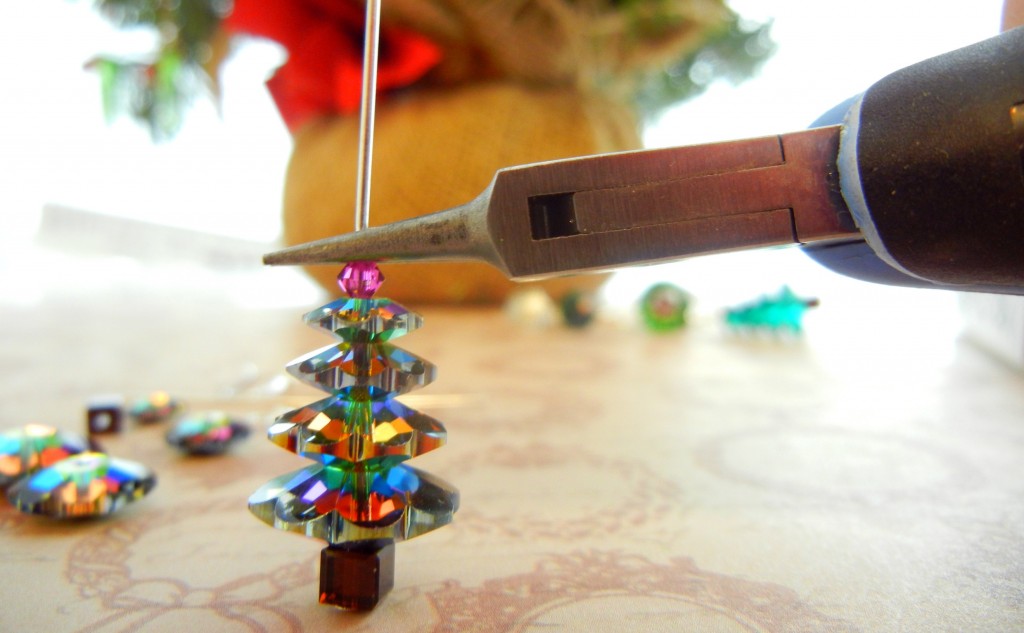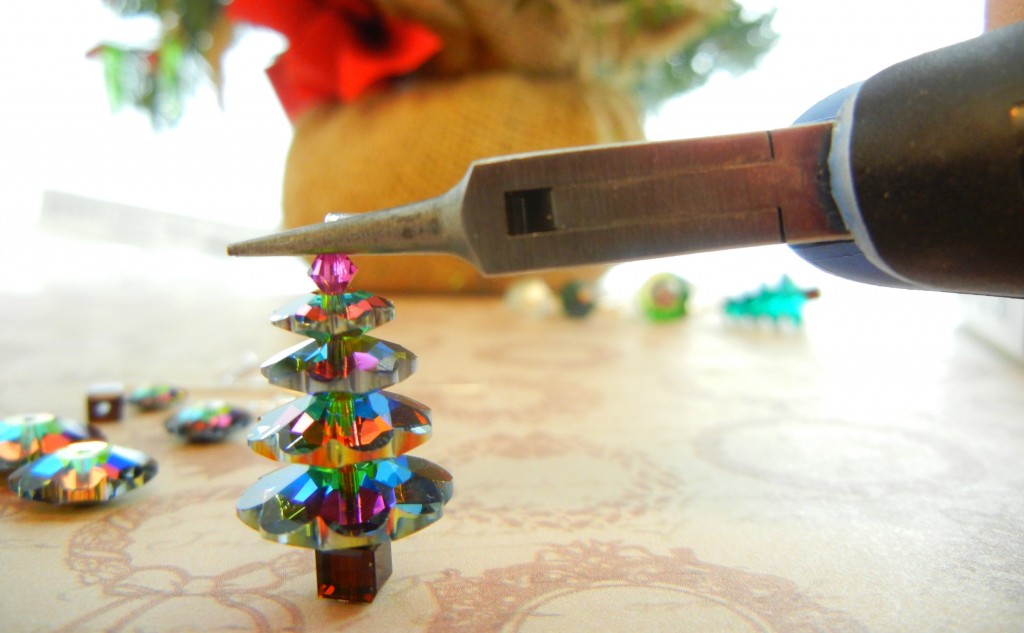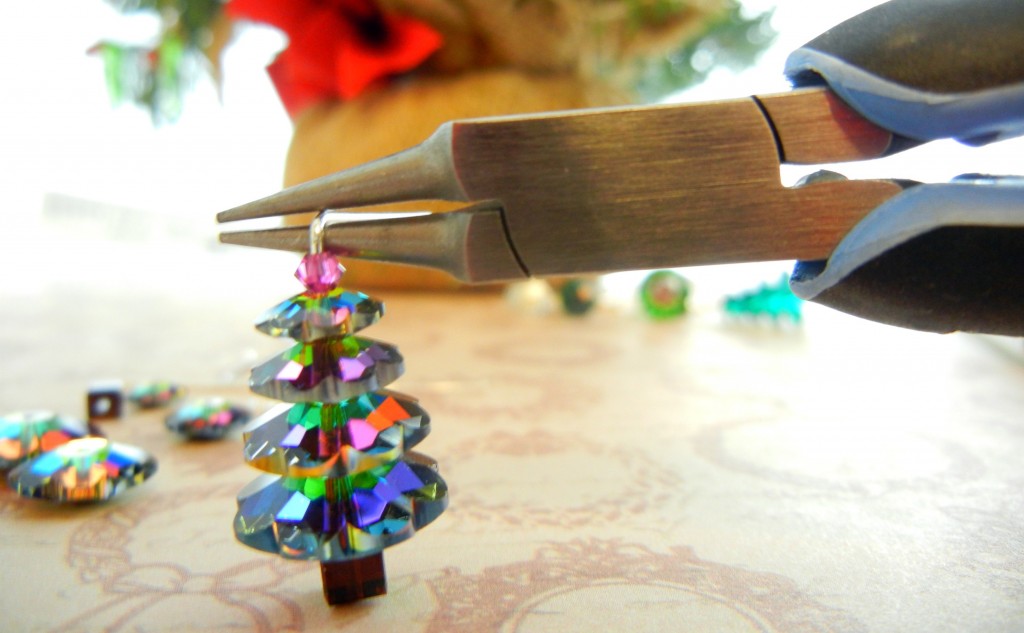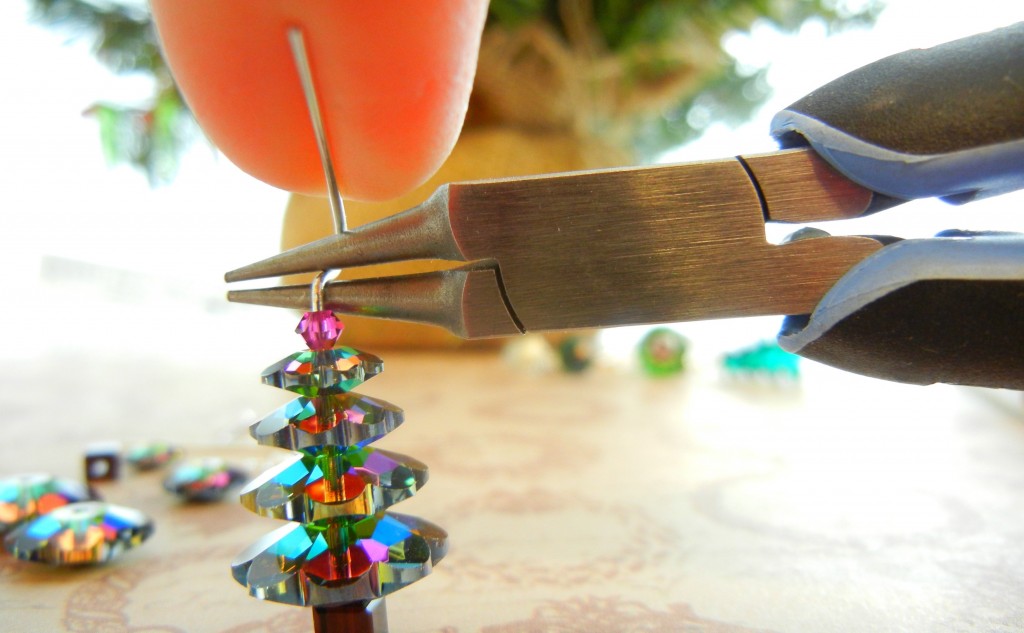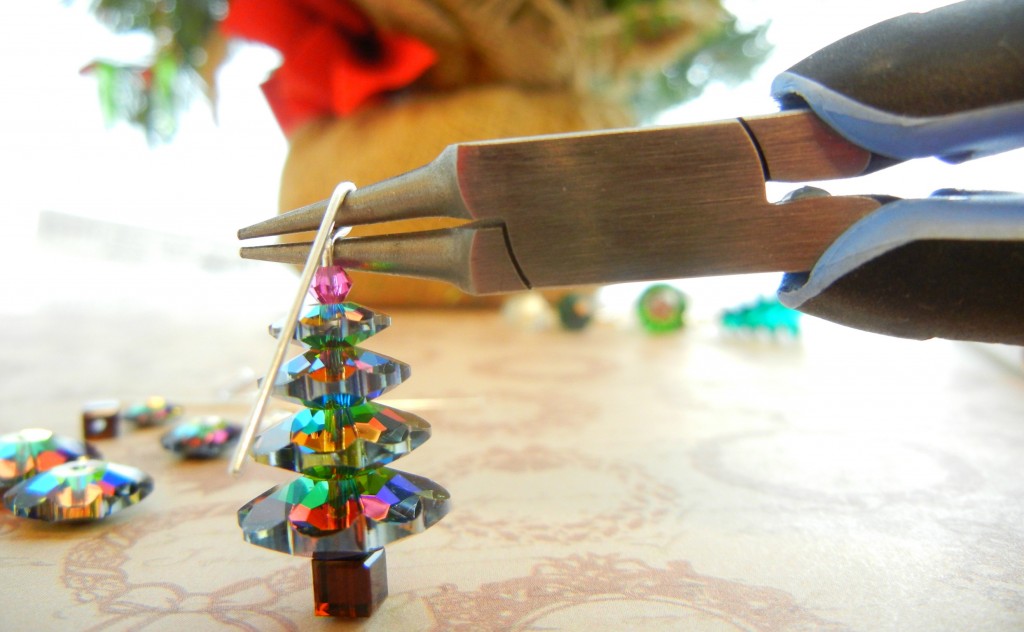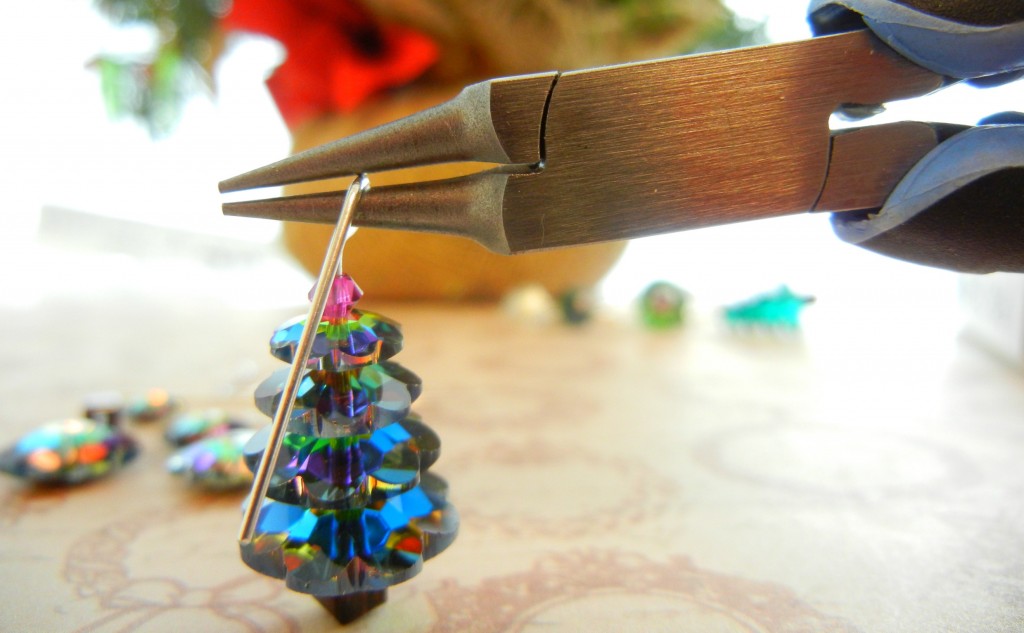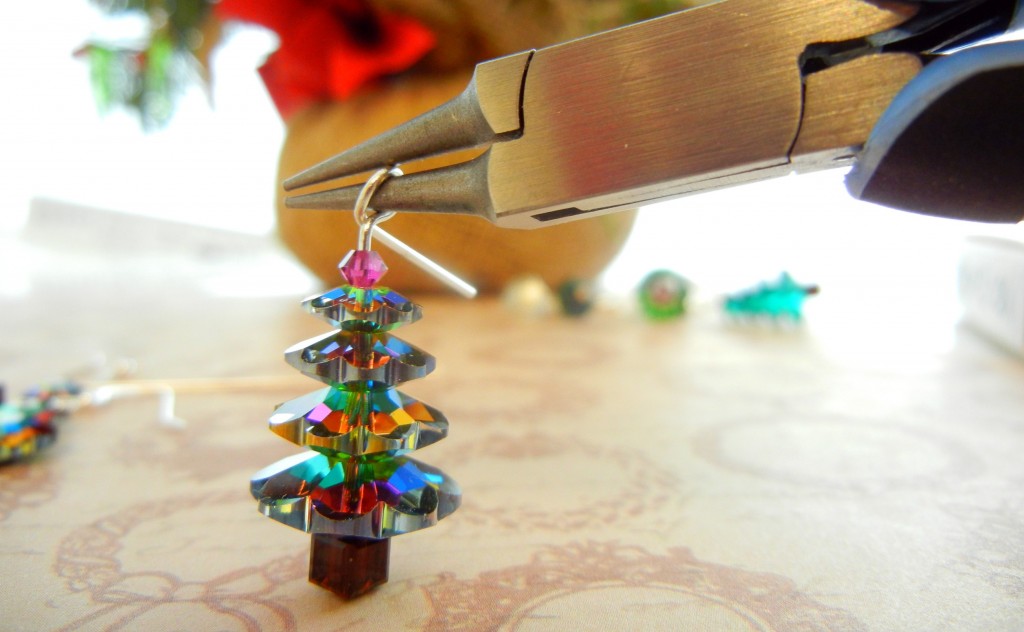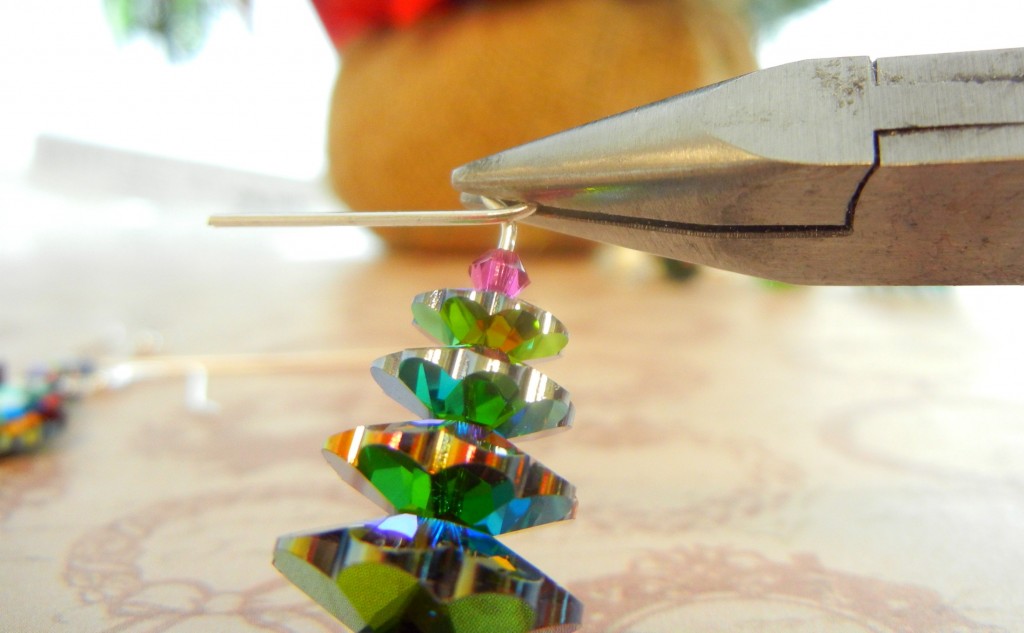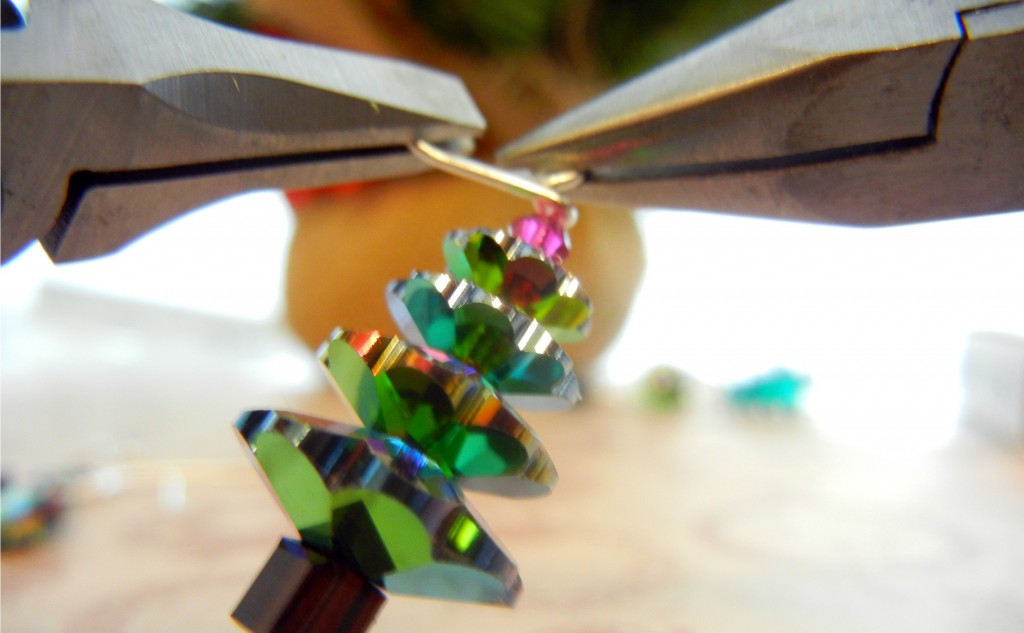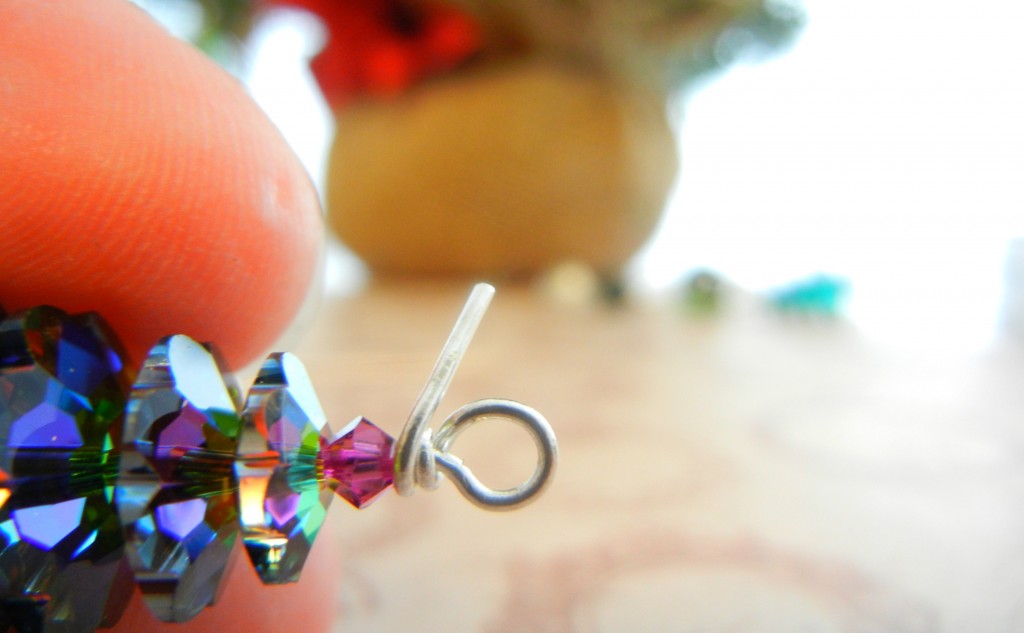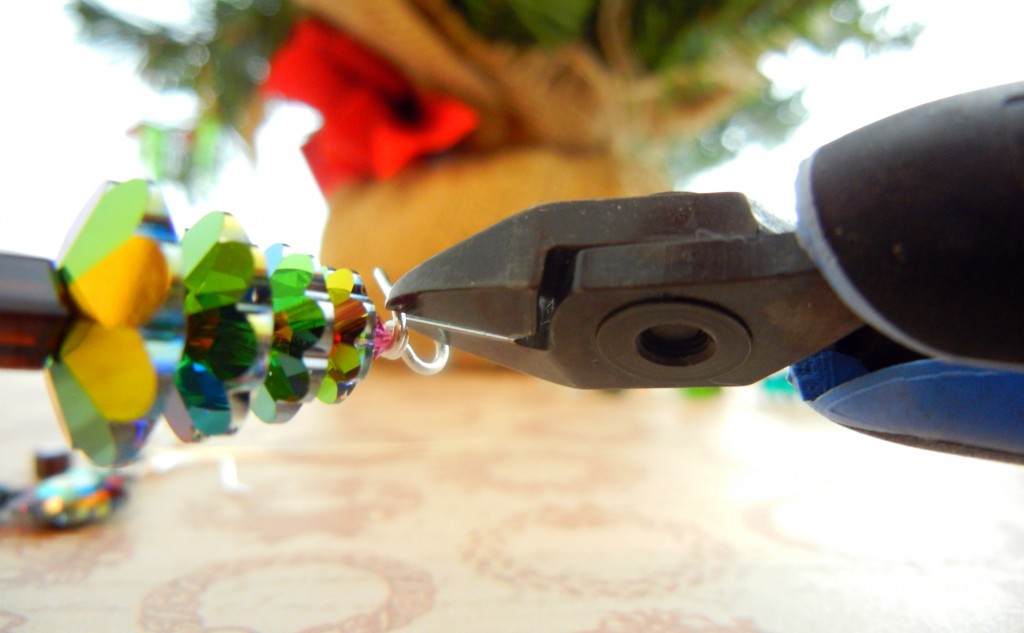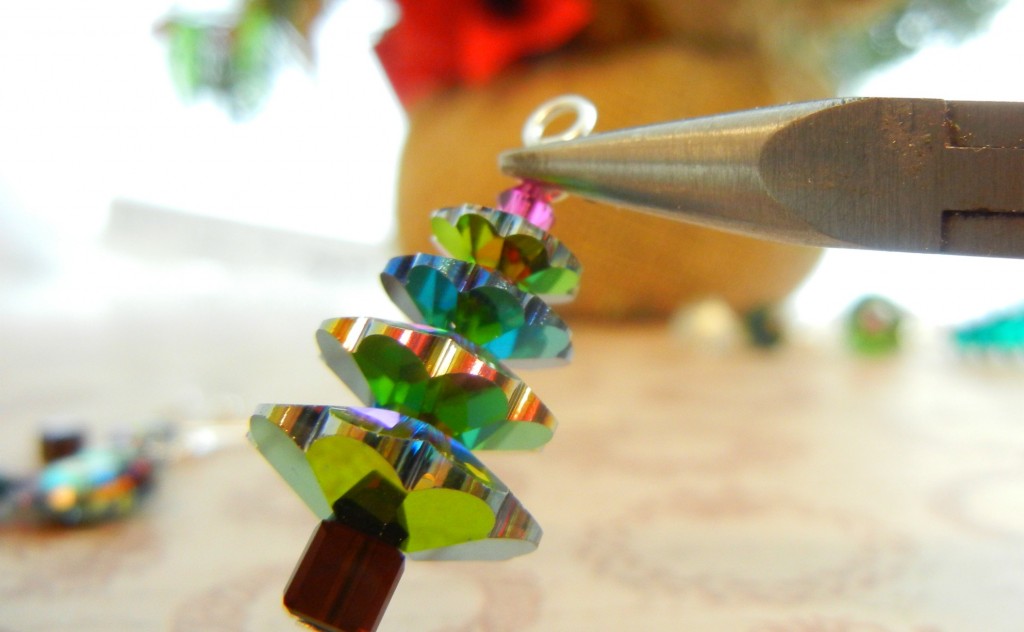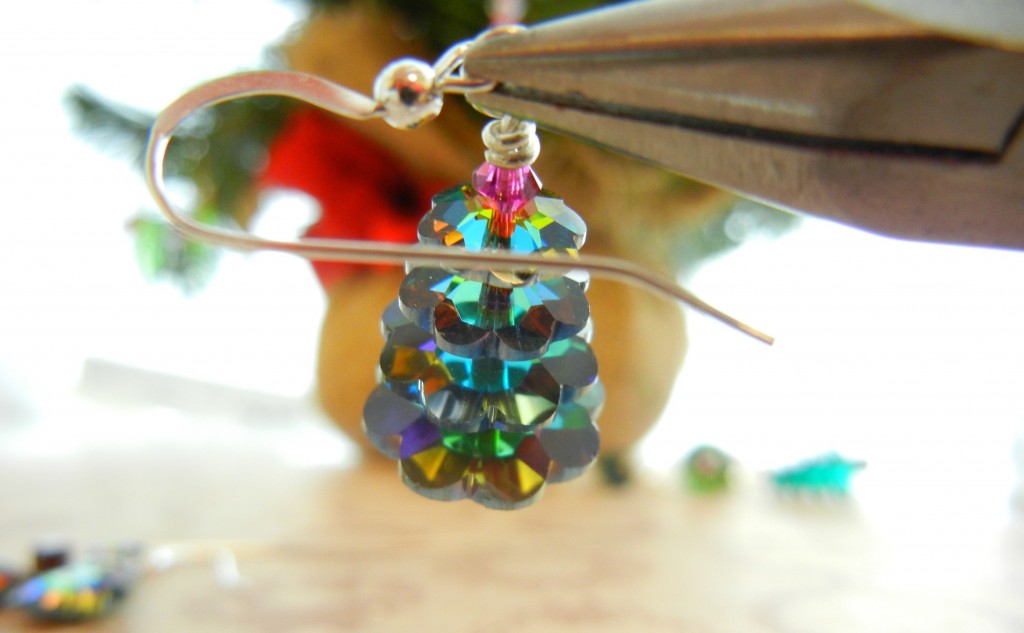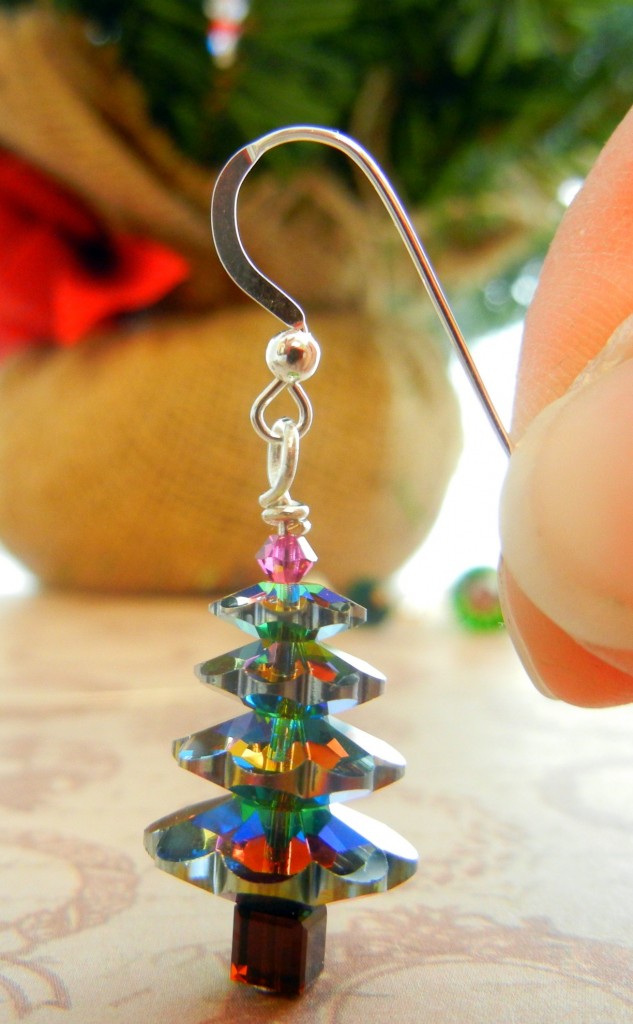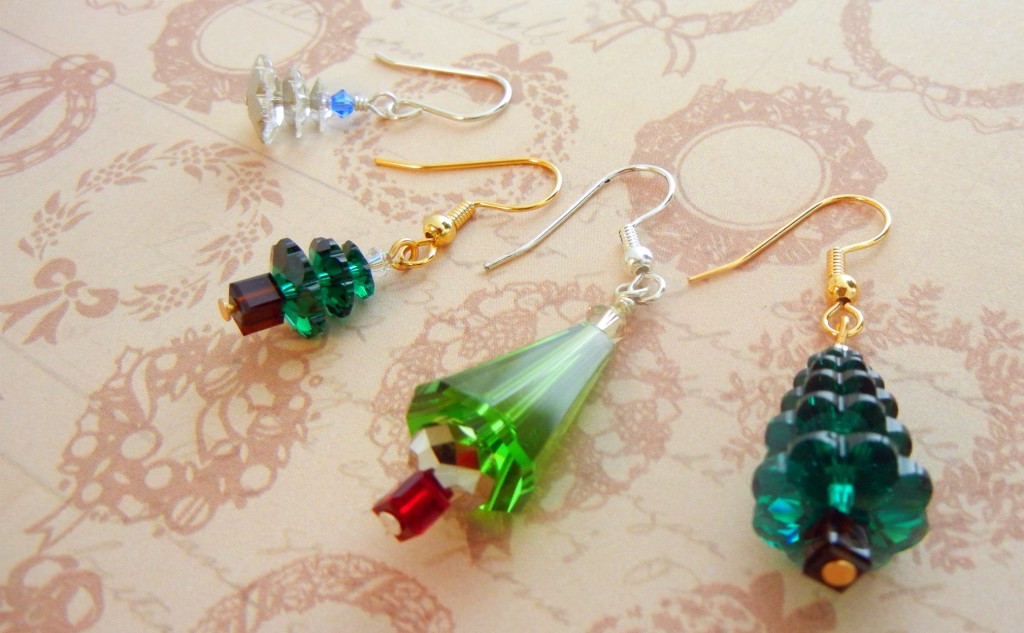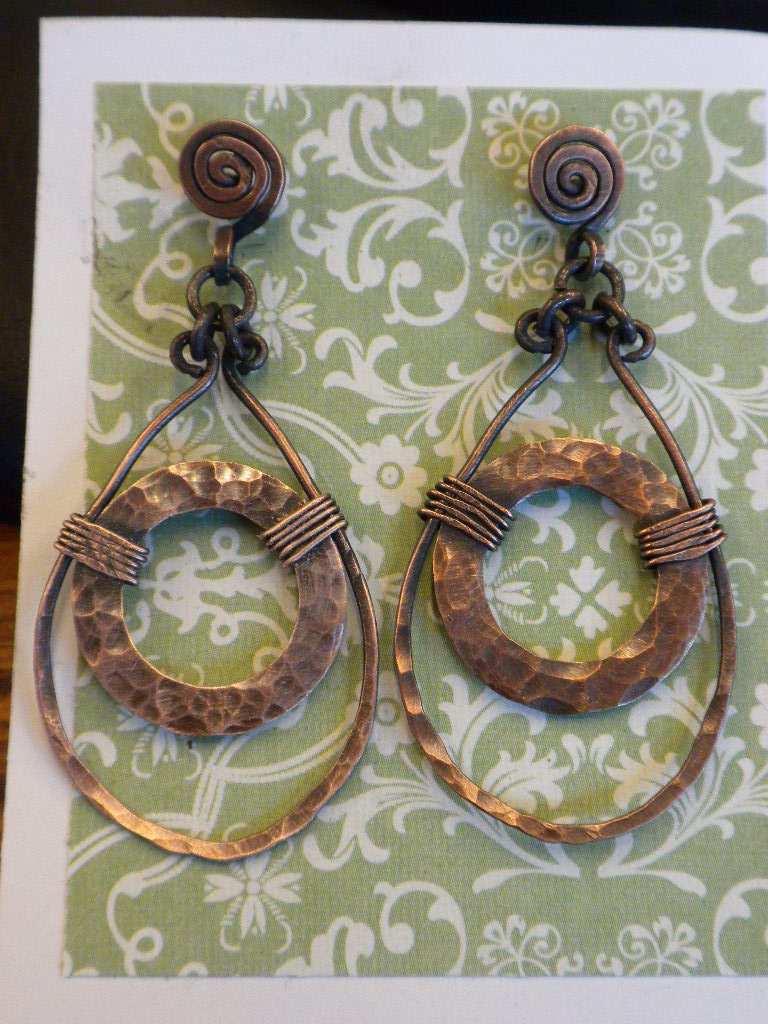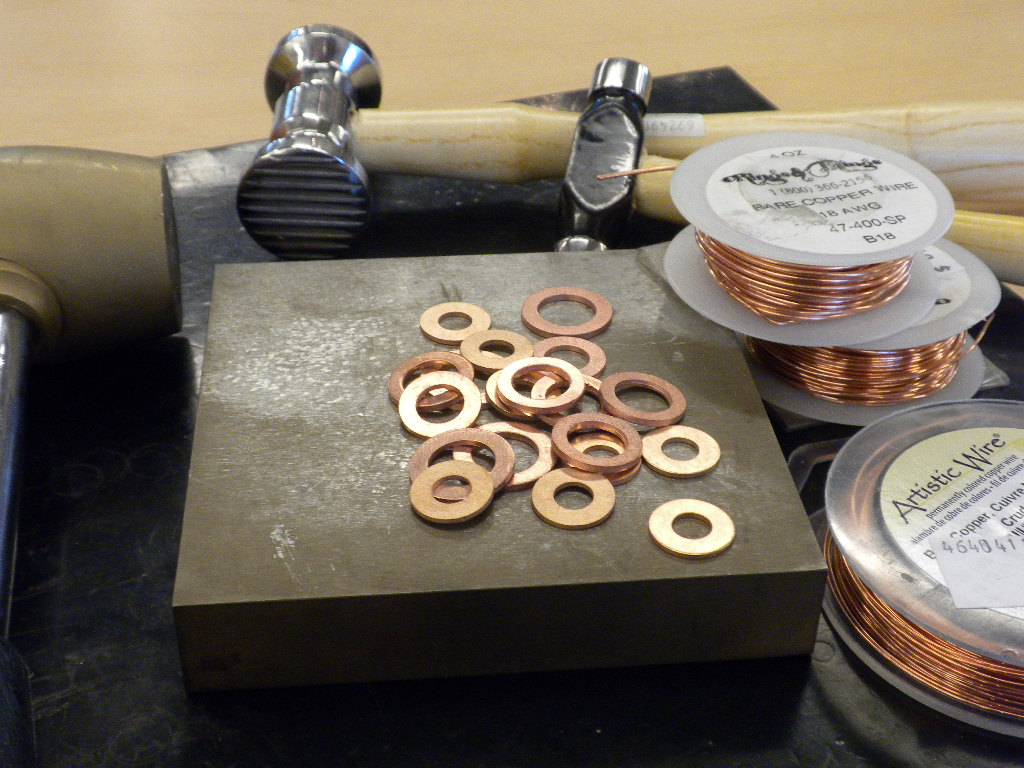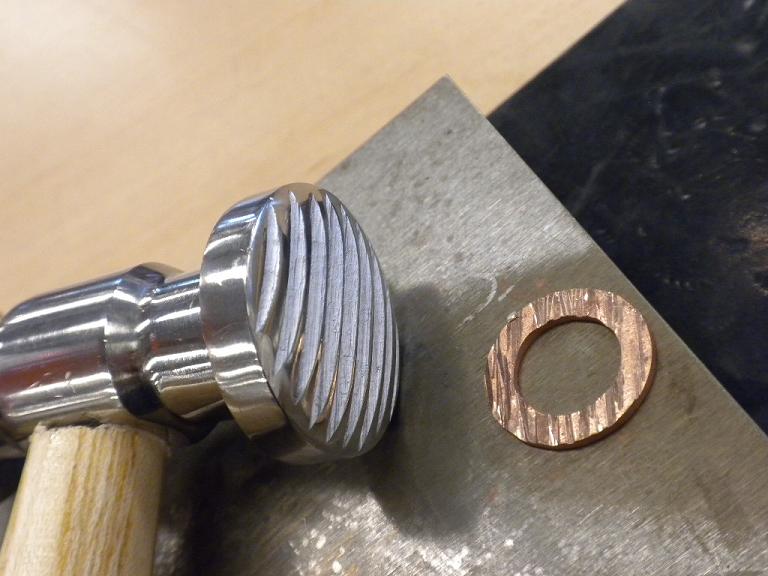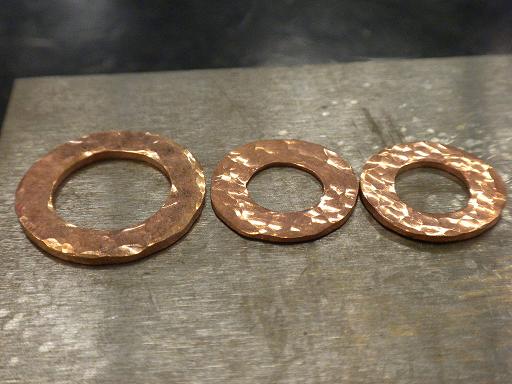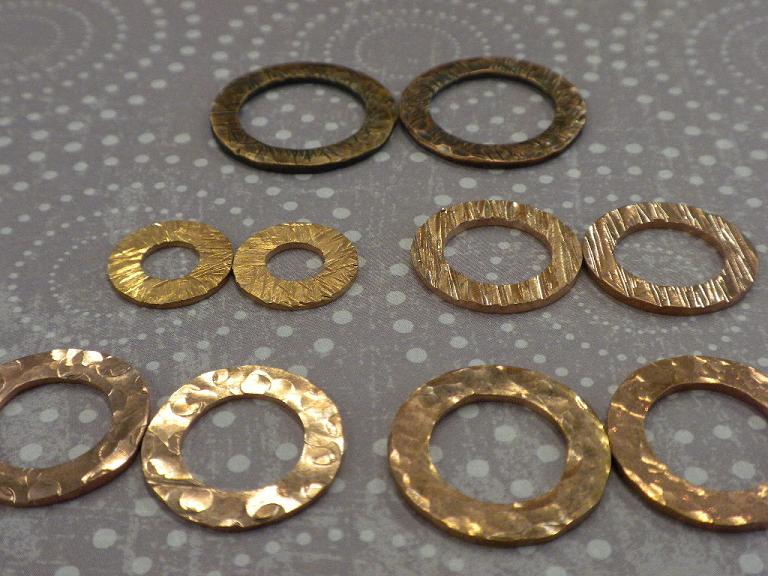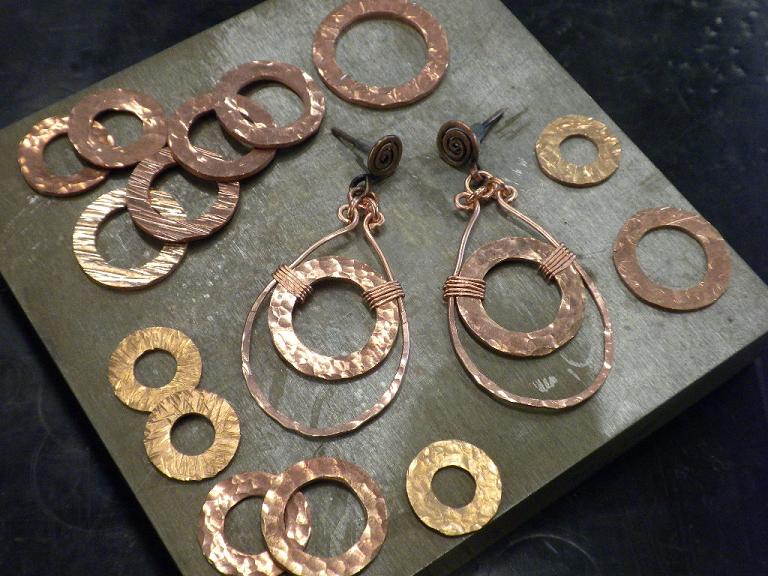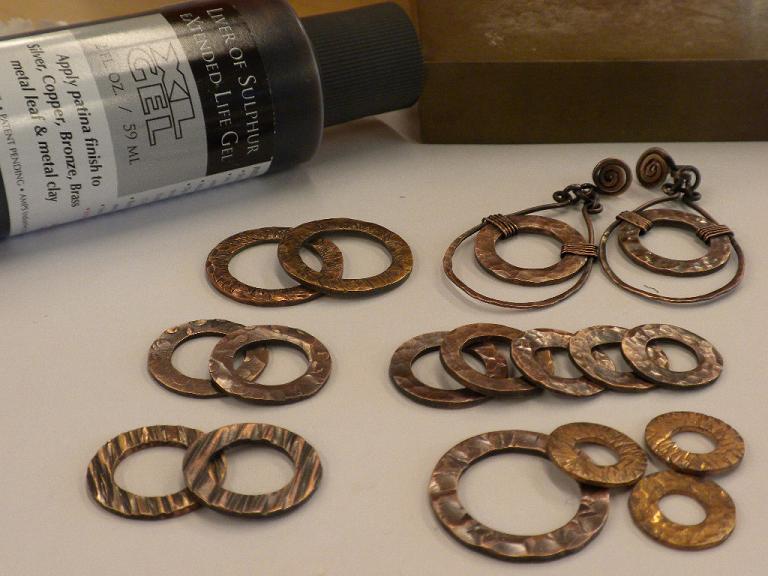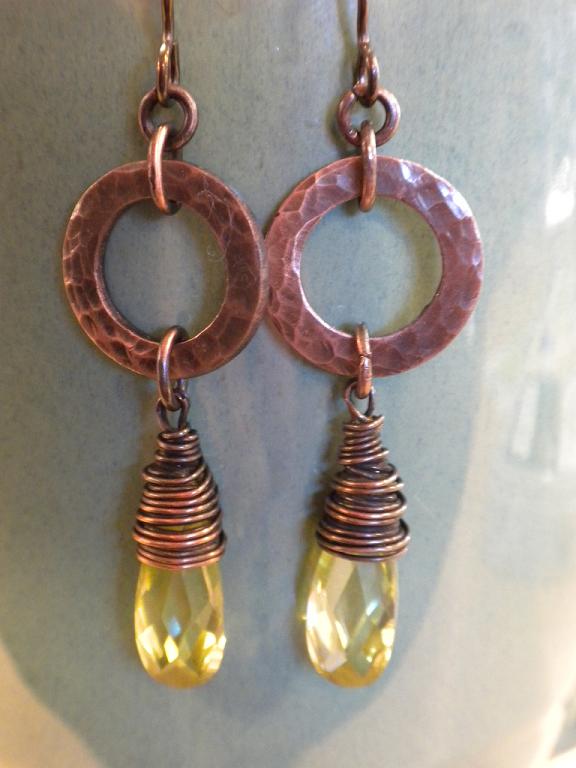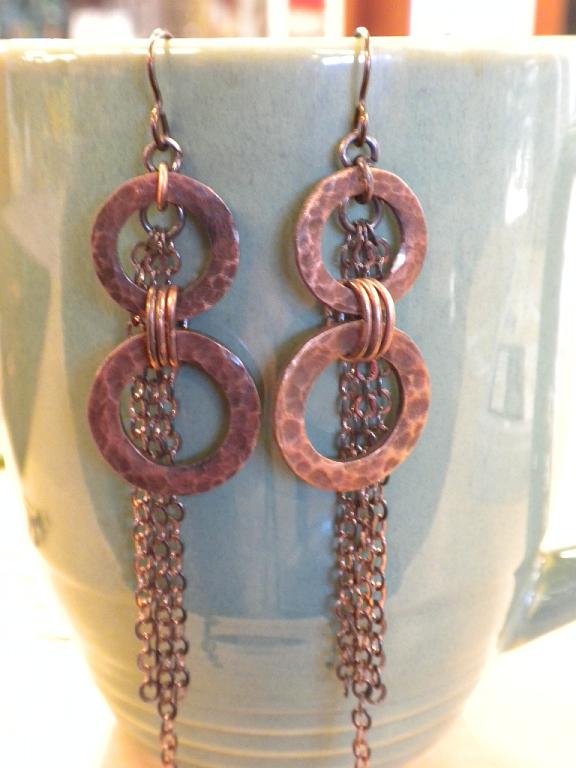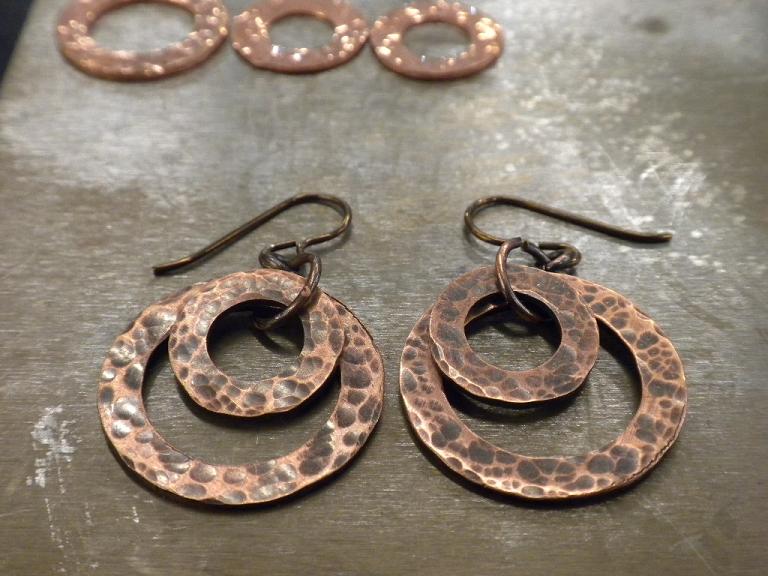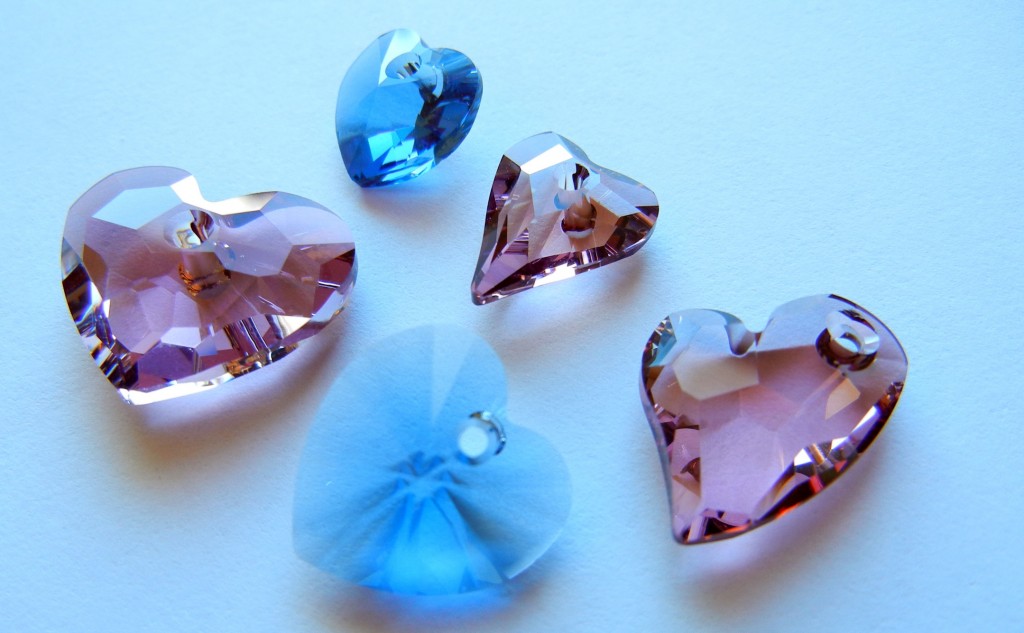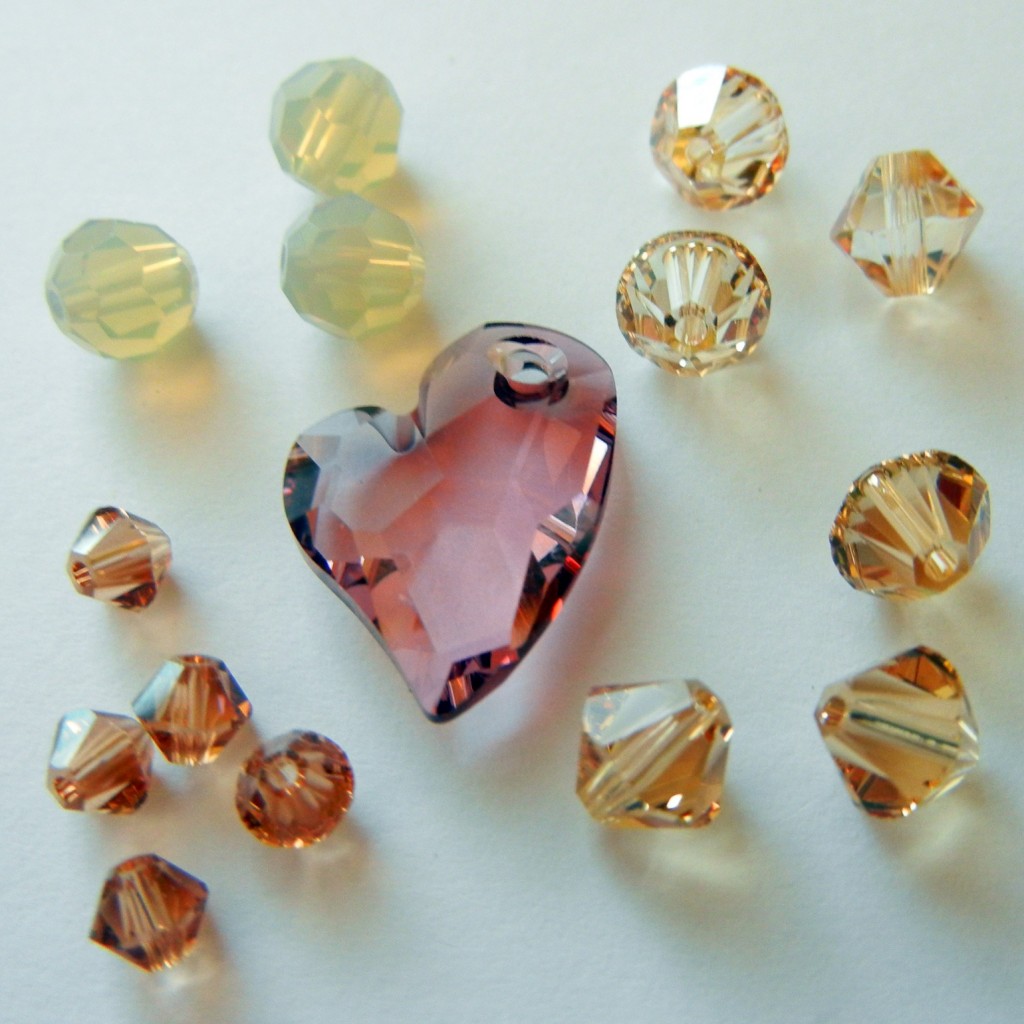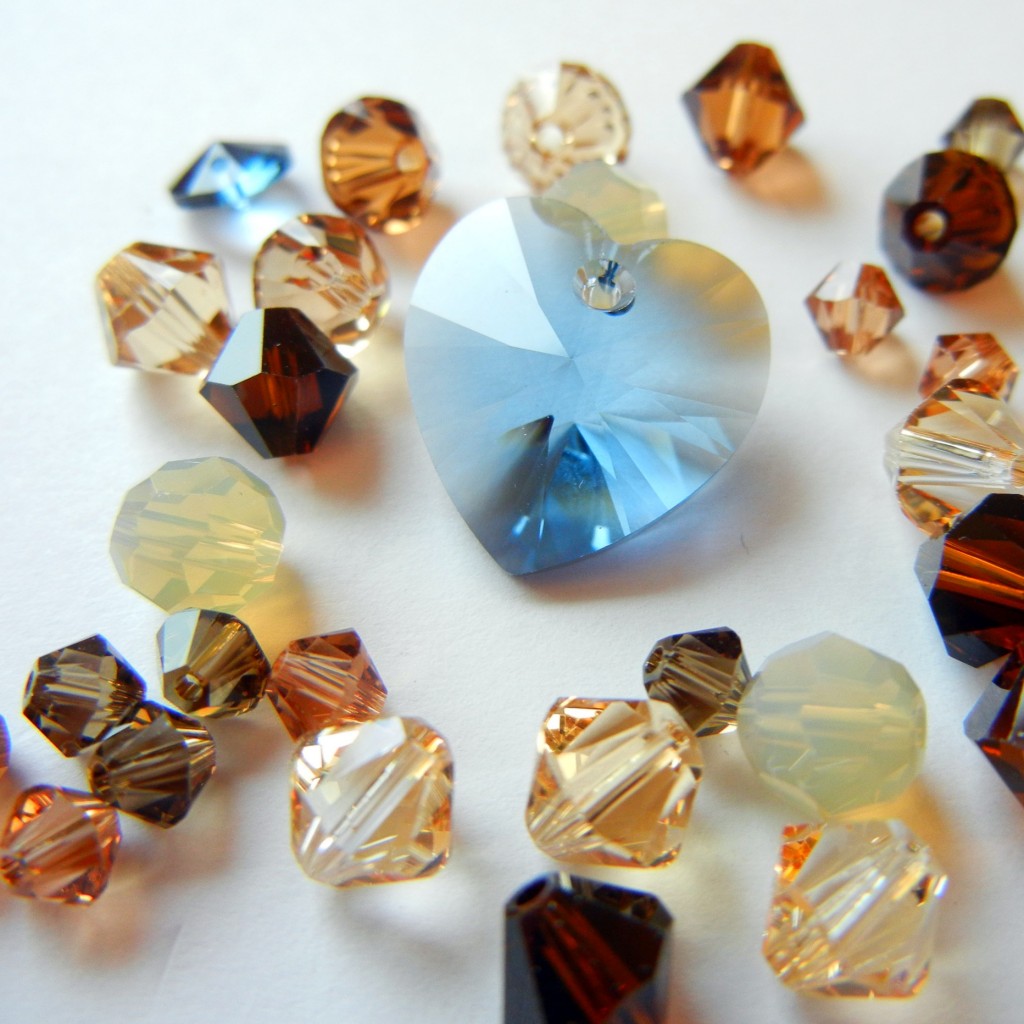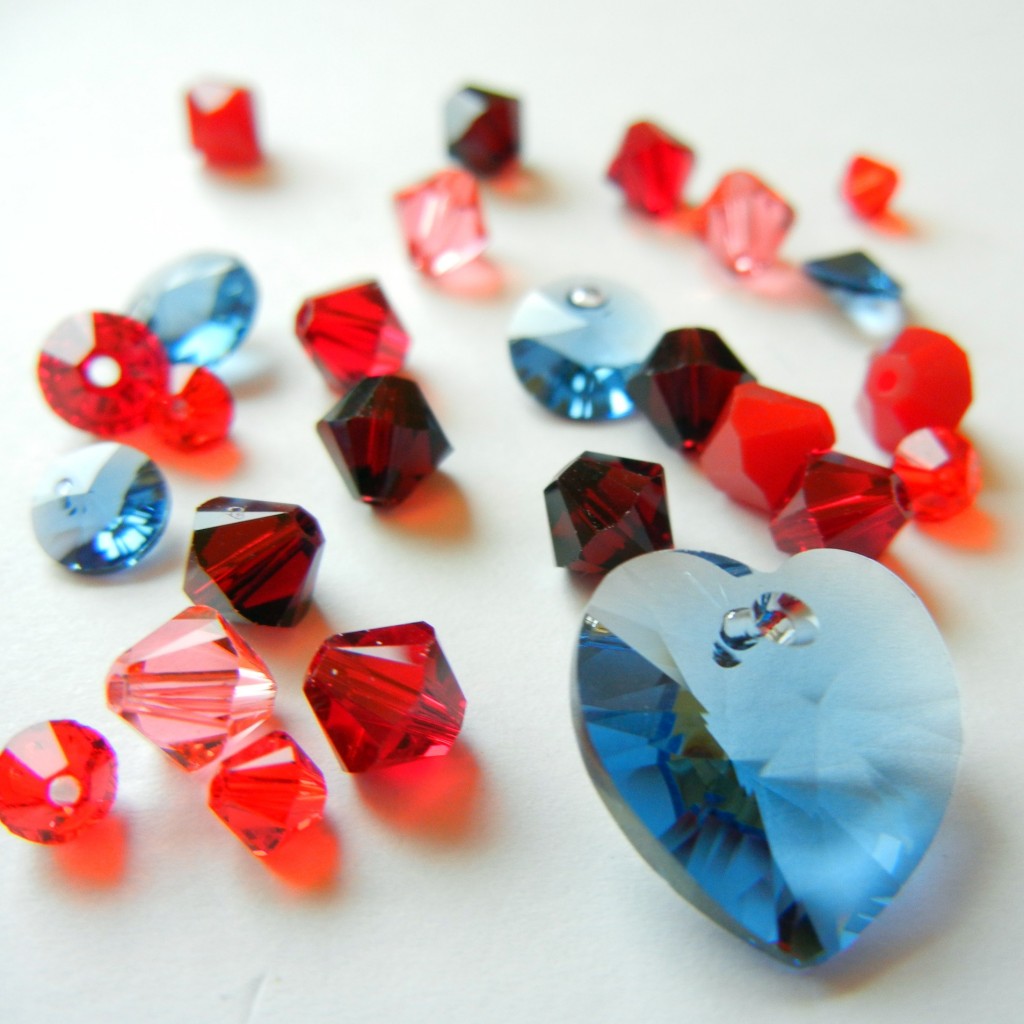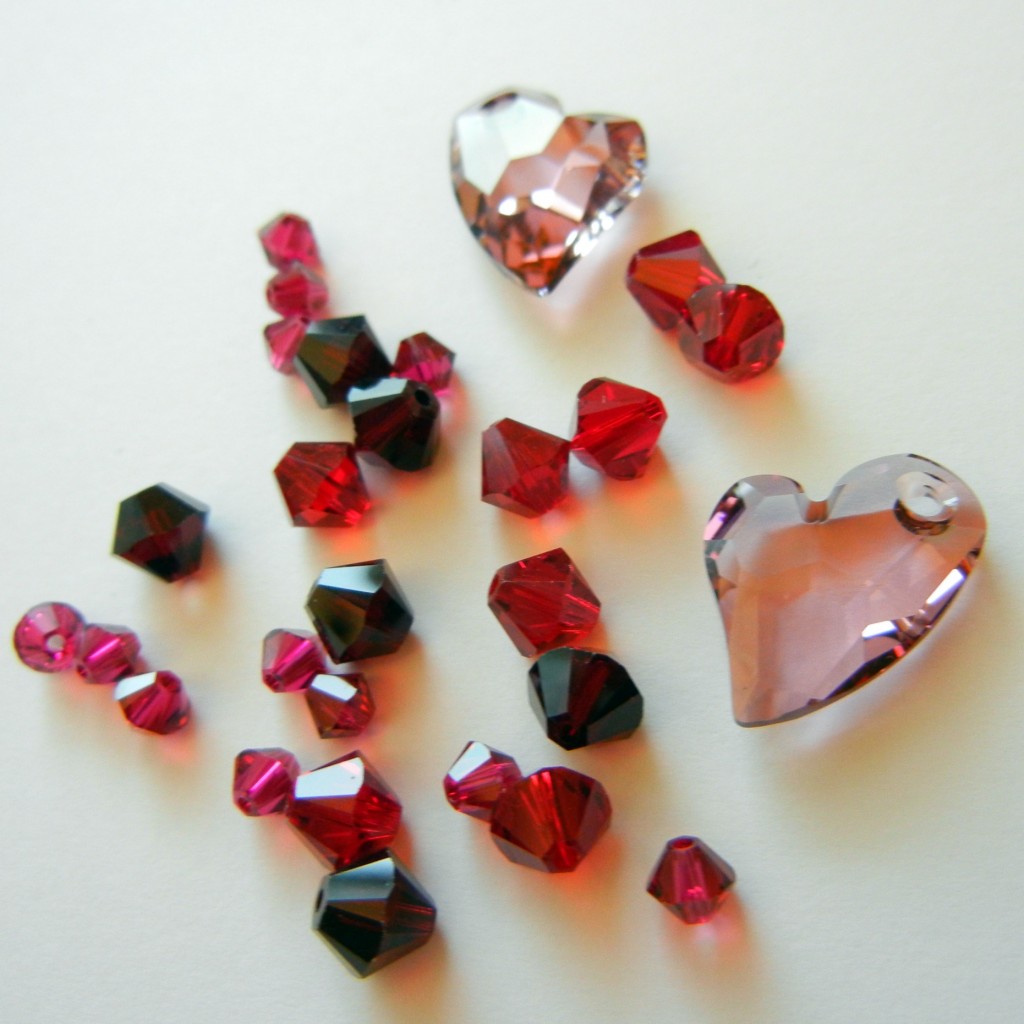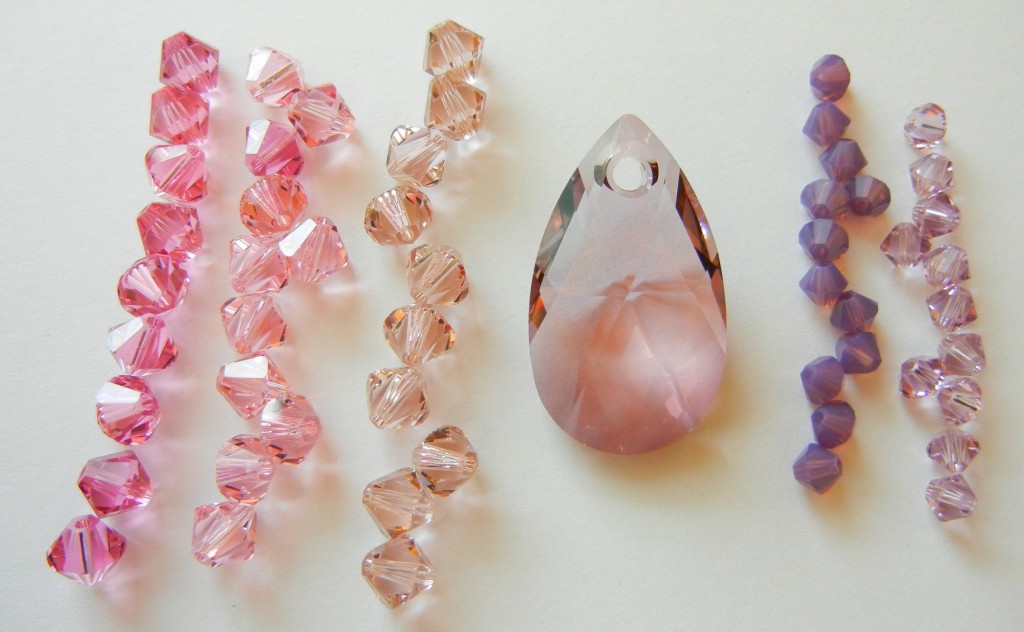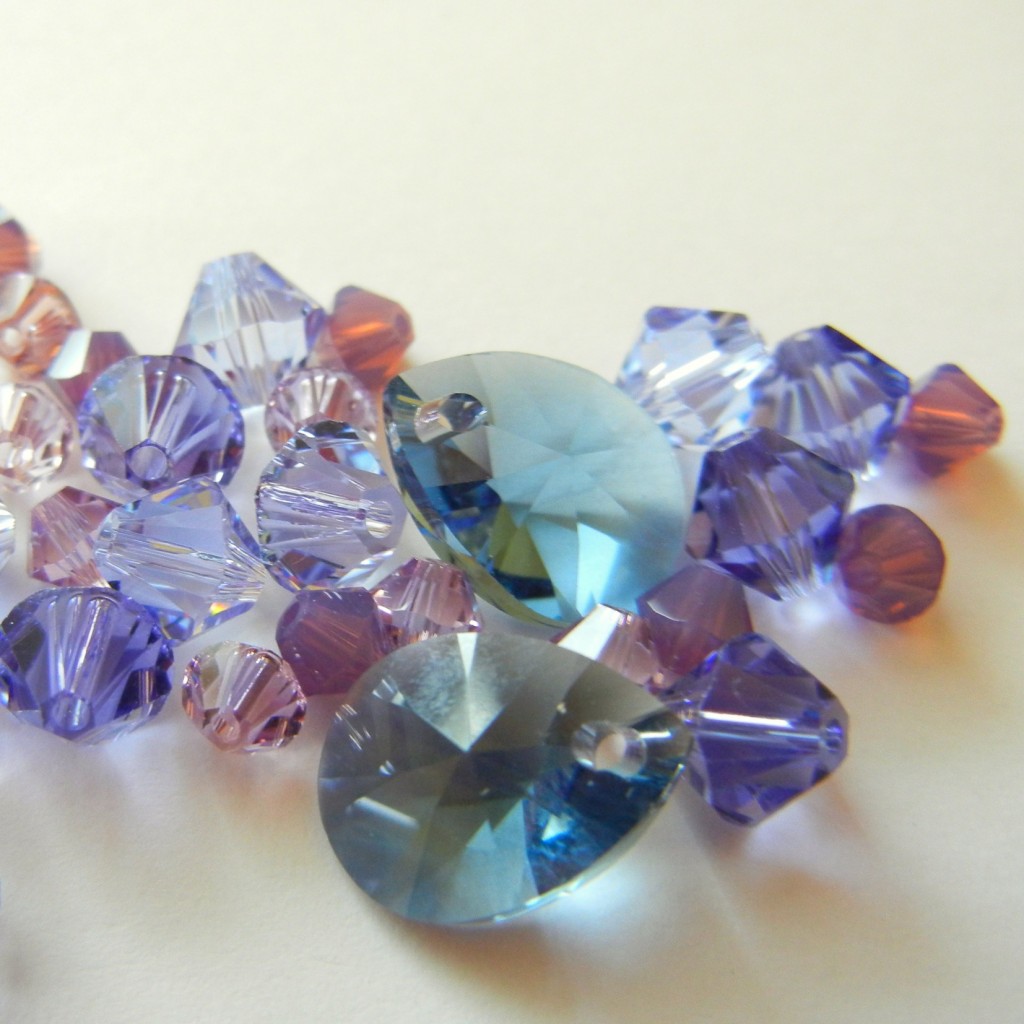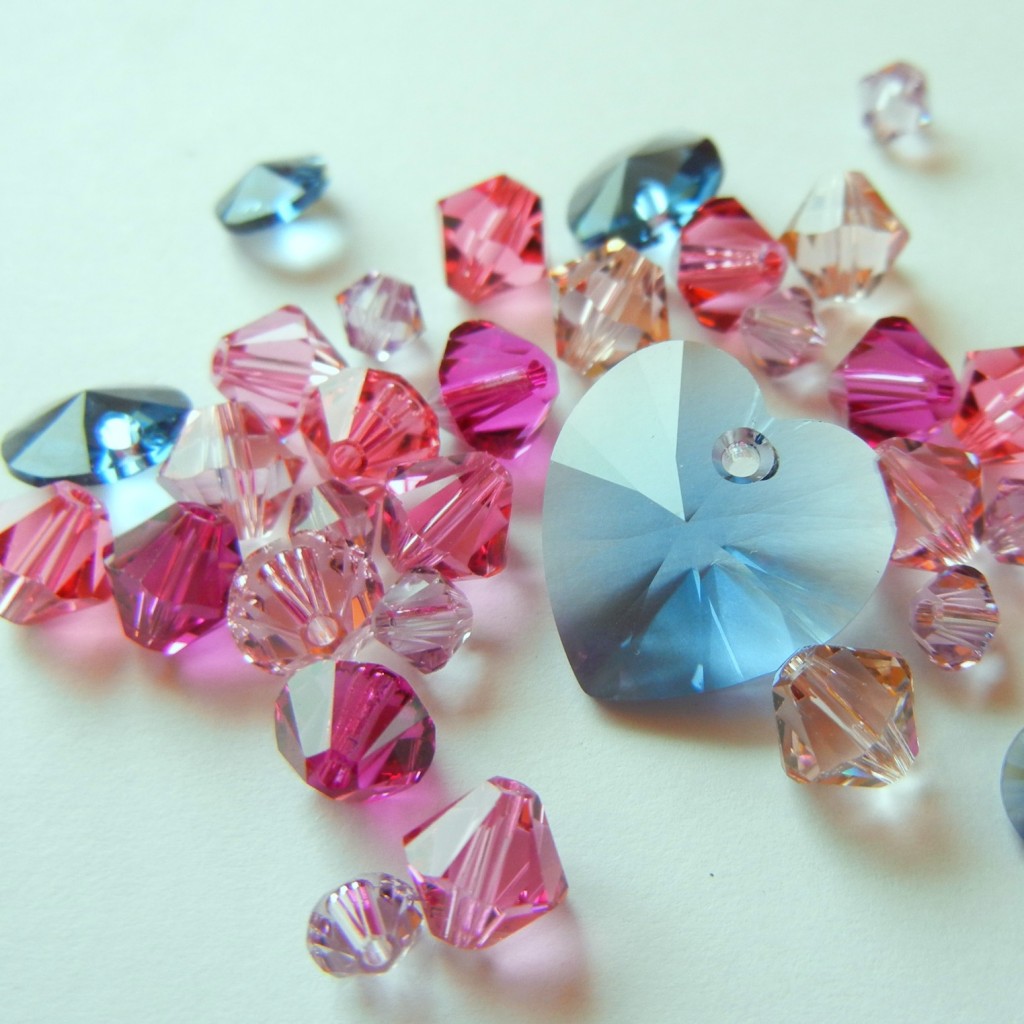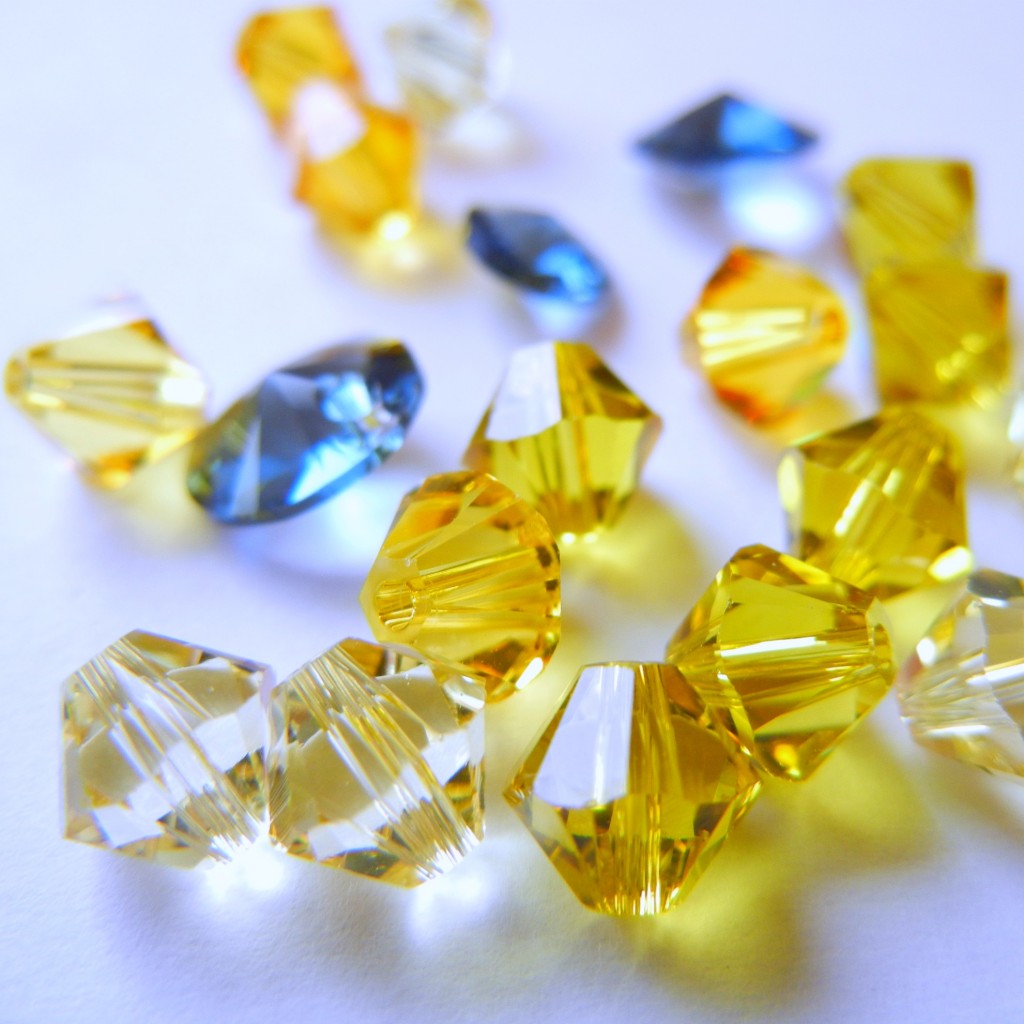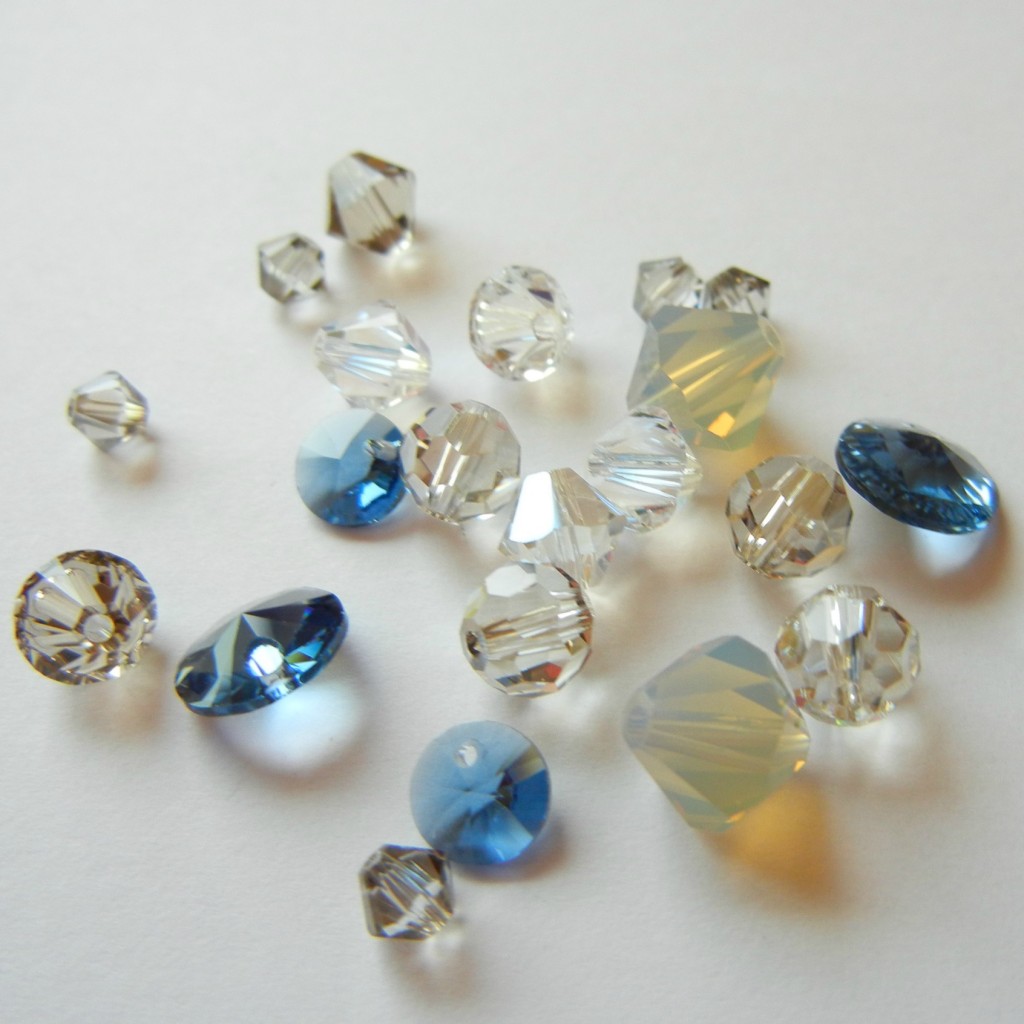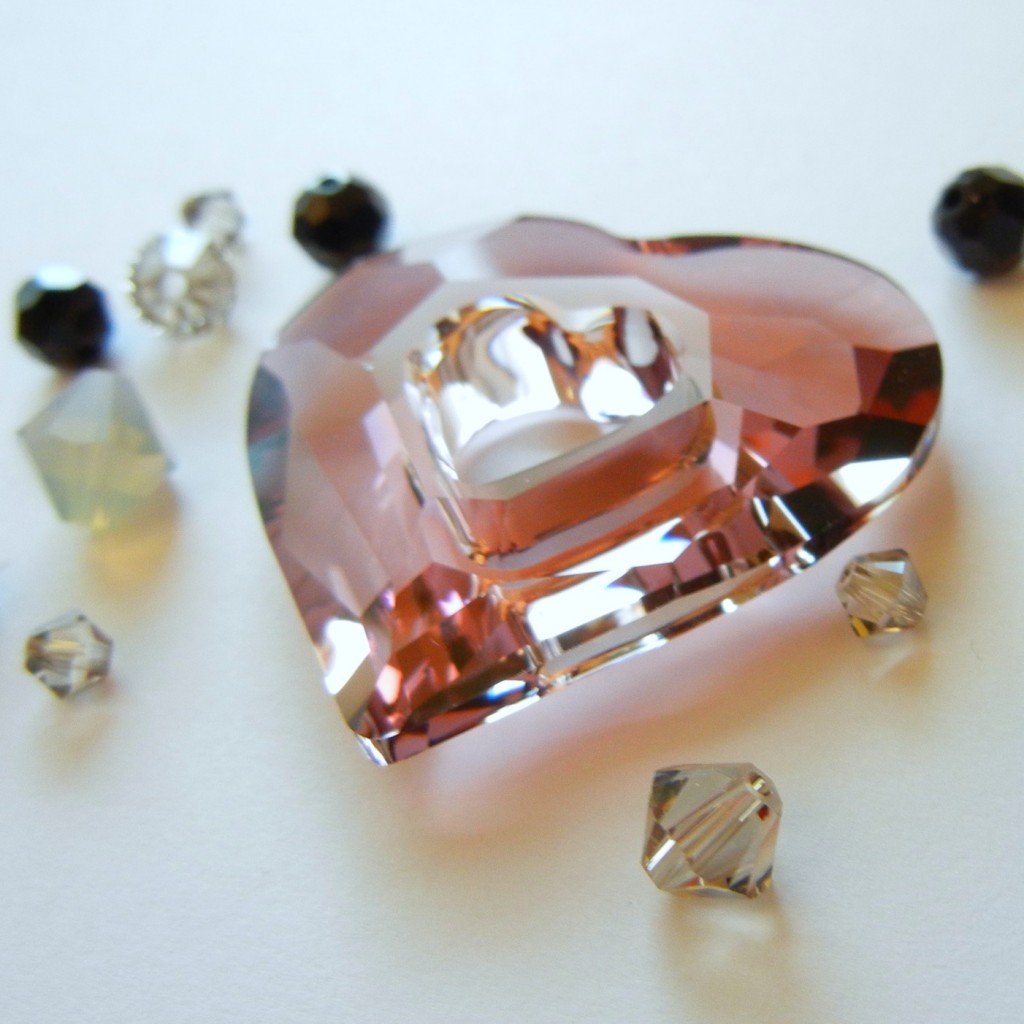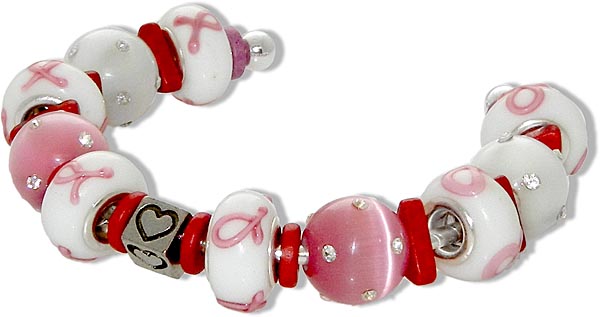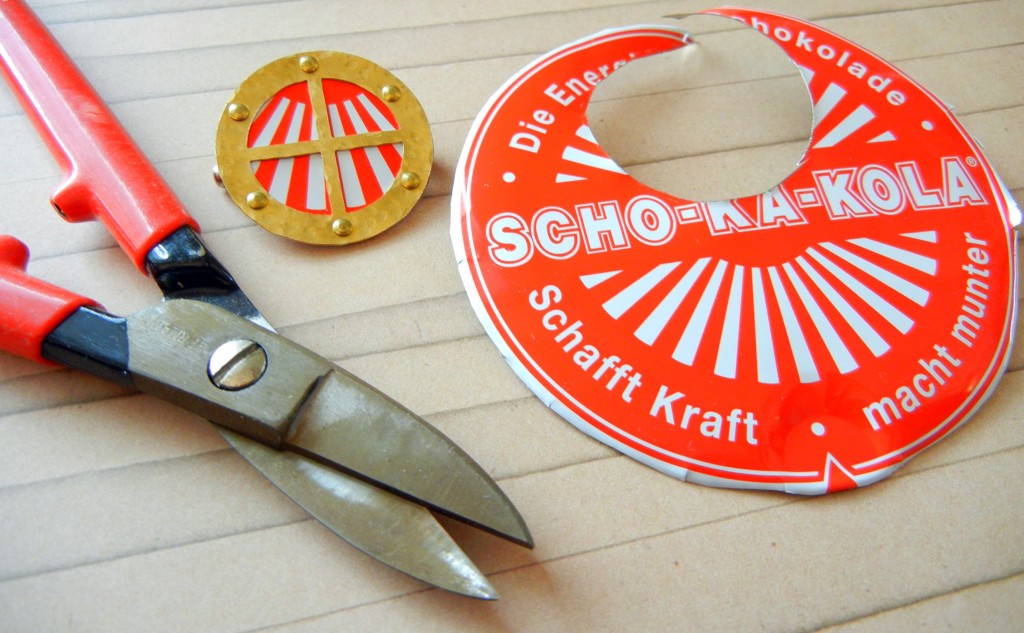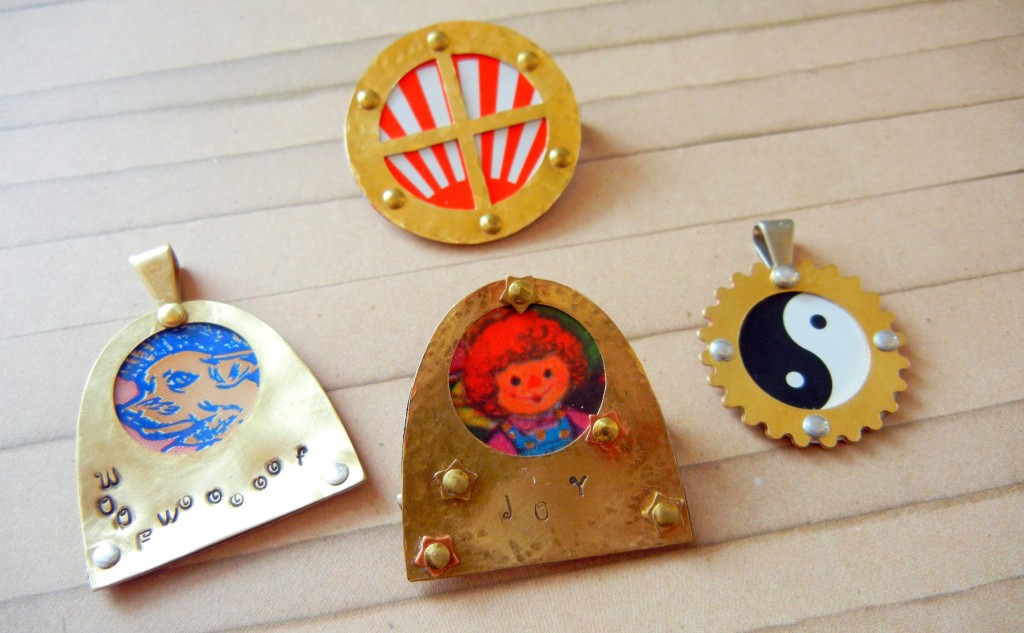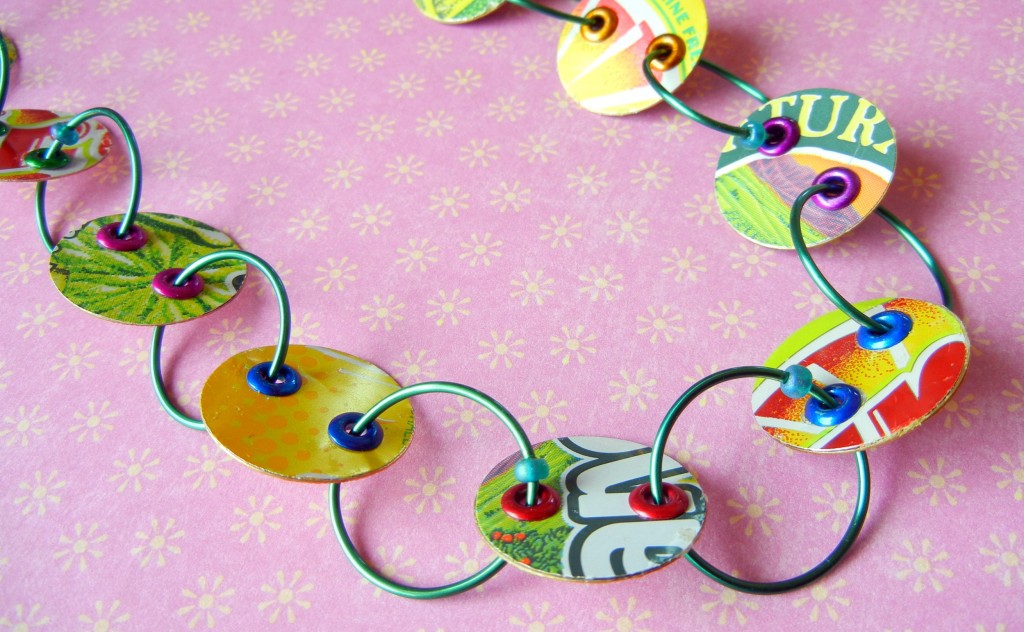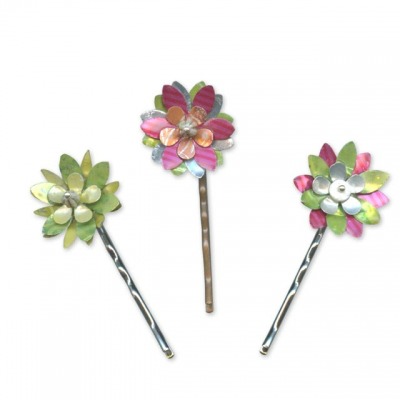Day 4 is an ultra-simple, instant gratification project: beaded snowflakes. Simply take a wire snowflake form and add beads. This is an ideal project for using up leftover beads, especially sparkly glass beads!
 There are several options for keeping the beads in place:
There are several options for keeping the beads in place:
- Use crimp beads. (Use a crimp with loop at the top to make it easy to hang).
- Glue the last bead in place.
- Use round-nose pliers to loop the end of the wire.
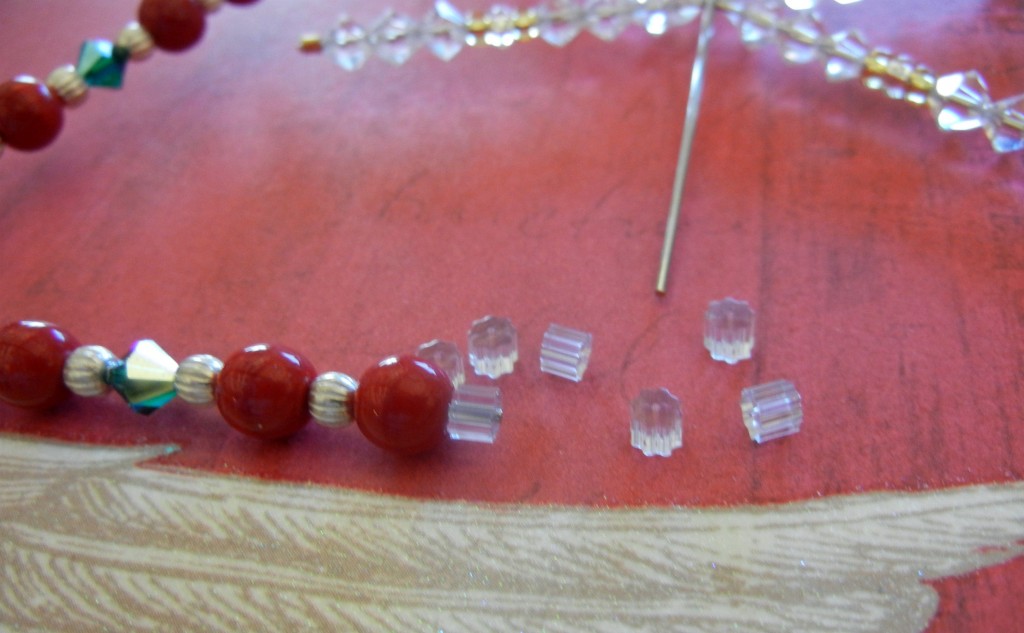 Or – the easiest and best in my opinion – use a French wire keeper. French wire keepers are little rubber stoppers that keep earrings in place – or beads on snowflake forms. French wire keepers also make great pin backs, or clutches/nuts for post earrings. A very versatile little jewelry finding indeed!
Or – the easiest and best in my opinion – use a French wire keeper. French wire keepers are little rubber stoppers that keep earrings in place – or beads on snowflake forms. French wire keepers also make great pin backs, or clutches/nuts for post earrings. A very versatile little jewelry finding indeed!
Winter – and the cold & flu season – is upon us. I didn’t post day 4 of the 12 Days of Christmas jewelry designs yesterday because I never made it out of bed. Silly head cold. So let that be a lesson to you all – it is never to early to start your holiday projects because you never know what interruptions you might face!

